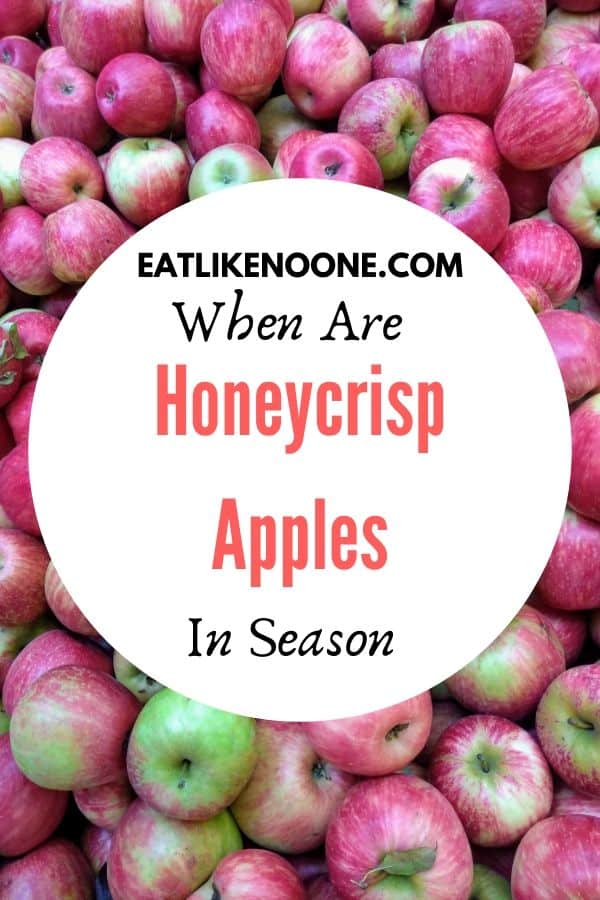Are you a fan of Honeycrisp apples and want to know when the perfect time is to harvest them? Look no further! This article will provide you with all the information you need to ensure you’re picking your Honeycrisp apples at the ideal time. From the distinctive flavor to the crisp texture, Honeycrisp apples are a favorite among apple enthusiasts. But finding that sweet spot when they are perfectly ripe can be a bit tricky. Whether you’re an orchard owner or simply someone who loves picking their own apples, understanding the signs of a ripe Honeycrisp apple is key.
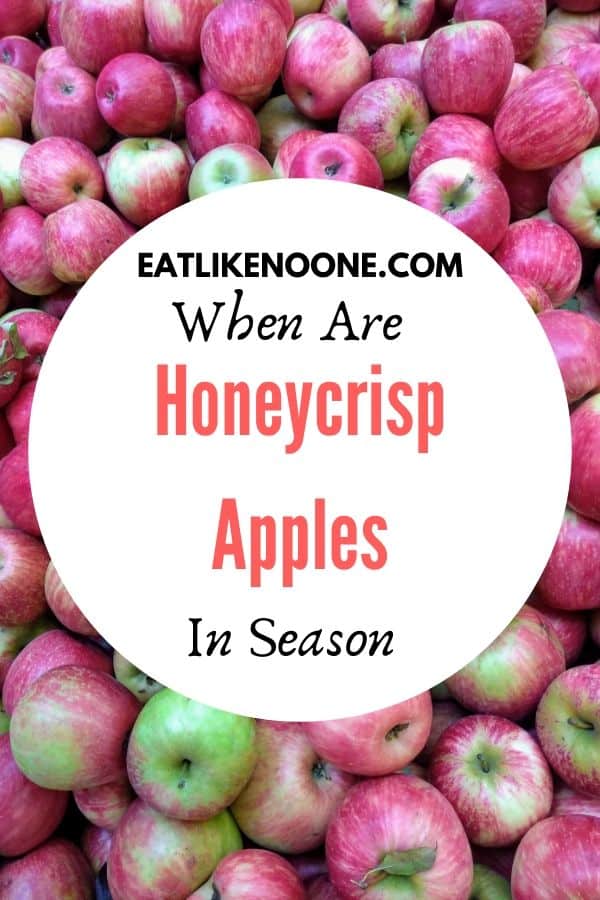
Factors to Consider for Harvesting Honeycrisp Apples
Maturity Index
The maturity index of Honeycrisp apples is an essential factor to consider when deciding when to harvest them. It determines the optimal time when the apples have reached their peak flavor, texture, and overall quality. The maturity index can be assessed through various factors, including coloring, firmness, starch index, juice pH, and brix level.
Coloring and Firmness
The coloring and firmness of Honeycrisp apples are significant indicators of their maturity. As the apples reach the desired stage for harvesting, they develop a distinct bright red color, often with yellow undertones. The skin should be free of any green patches. Additionally, the apples should exhibit firmness when gently pressed, indicating that they are adequately ripe.
Starch Index
The starch index is another vital aspect to consider for harvesting Honeycrisp apples. This index measures the level of starch present in the fruit, and it correlates with the apple’s sweetness and flavor development. By conducting regular starch index tests, you can determine the apples’ maturity level and establish the optimal time for harvest.
Juice pH
Measuring the juice pH of the Honeycrisp apples can provide valuable insights into their maturity. As the apples ripen, their juice pH decreases, indicating a higher acidity level. Monitoring the juice pH can help determine if the apples have reached the desired balance between sweetness and tartness, ensuring an enjoyable flavor experience.
Brix Level
The brix level refers to the sugar content in the juice of the Honeycrisp apples. It serves as a measure of their sweetness and plays a crucial role in determining when to harvest them. The optimal brix level for Honeycrisp apples is typically around 13-15%. Regular monitoring of the brix level will help identify the ideal time for harvesting the apples, ensuring maximum sweetness and flavor.
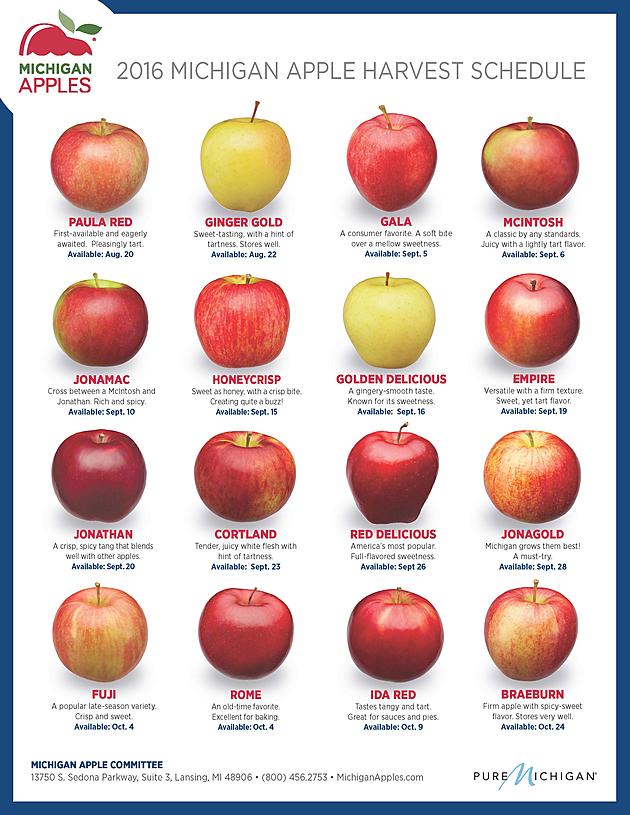
External Conditions for Harvesting Honeycrisp Apples
Weather
The weather conditions when harvesting Honeycrisp apples can significantly impact their quality and post-harvest life. It is advisable to select a window of time with stable weather patterns, avoiding excessive moisture and extreme temperature fluctuations. Rainy or humid weather can increase the risk of fungal infections, while excessively hot or cold temperatures can harm the apples’ quality.
Temperature
Temperature is another crucial external condition to consider for harvesting Honeycrisp apples. Cooler temperatures during the harvest period are generally preferred as they help maintain the fruit’s freshness and extend its post-harvest life. Ideal temperatures range from 45 to 50 degrees Fahrenheit (7 to 10 degrees Celsius). Harvesting during the early morning or late evening can maximize the apples’ quality and minimize the risk of heat stress.
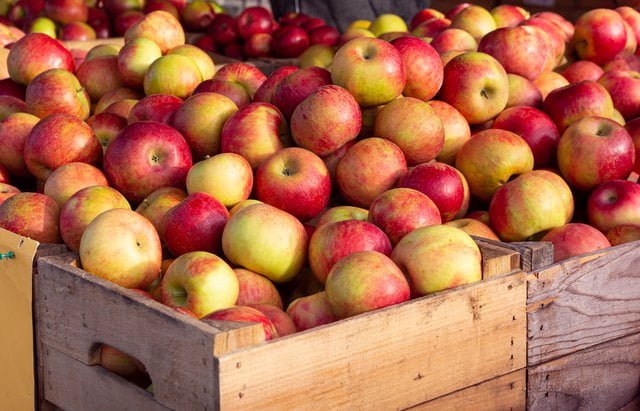
Harvest Timing
Early Harvesting
Early harvesting of Honeycrisp apples can be considered for specific purposes, such as utilizing them for baking or processing. When harvested early, the apples will be less sweet and have a more tart flavor. Their firmness may also be slightly lower compared to a fully matured apple. However, for those looking to achieve a specific taste profile or fulfill commercial requirements, early harvesting can be beneficial.
Optimal Harvesting
The optimal time for harvesting Honeycrisp apples is when they have reached their peak maturity. This timing ensures the best combination of sweetness, crispness, and flavor. Waiting for the apples to develop their characteristic bright red color, firmness, and balance of sweetness and tartness will result in an enjoyable eating experience.
Late Harvesting
Late harvesting of Honeycrisp apples is generally not recommended, as the fruits may become overripe, compromising their quality and shelf life. These late-harvested apples may exhibit softness, reduced flavor, and an increased likelihood of decay. It is essential to strike the right balance and avoid delaying the harvest beyond the optimal stage.
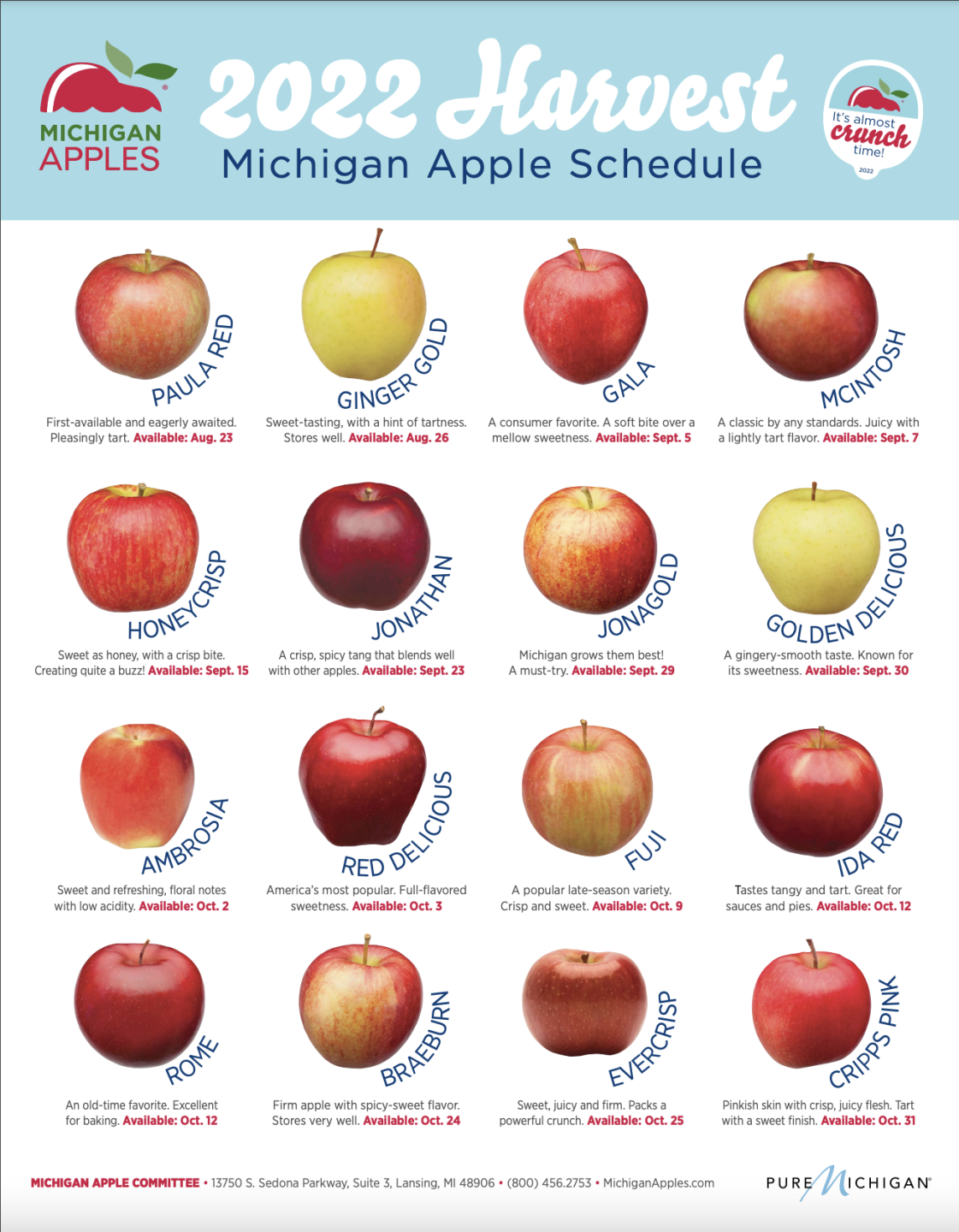
Signs and Indicators for Harvesting Honeycrisp Apples
Stem Separation
A significant sign that Honeycrisp apples are ready for harvest is when the stem separates from the fruit easily. Gently twist or lift the apple, and if the stem detaches effortlessly, it indicates that the apple has reached its maturity and is ready to be picked.
Fruit Drop
Observing fruit drop is another indicator of the Honeycrisp apples’ readiness for harvest. As the apples become fully ripe, they may naturally detach from the tree and fall to the ground. Monitoring the ground for fallen apples can provide insight into the overall maturity level of the crop. However, relying solely on fruit drop as a harvesting indicator may lead to delays, as not all apples may drop simultaneously.
Color Development
The development of the characteristic bright red color of Honeycrisp apples is a clear visual indicator of their maturity. As the apples mature, the green patches on their skin fade away, and they acquire the desired reddish hue. Checking the apples regularly for color development can assist in determining their readiness for harvest.
Flavor Development
The flavor profile of Honeycrisp apples is a critical factor in deciding when to harvest them. As the apples approach their optimal readiness, their flavor becomes sweeter, with a pleasant balance of sweetness and tartness. Regular sampling and taste tests can help you assess the flavor development and ensure the apples are picked at their peak.
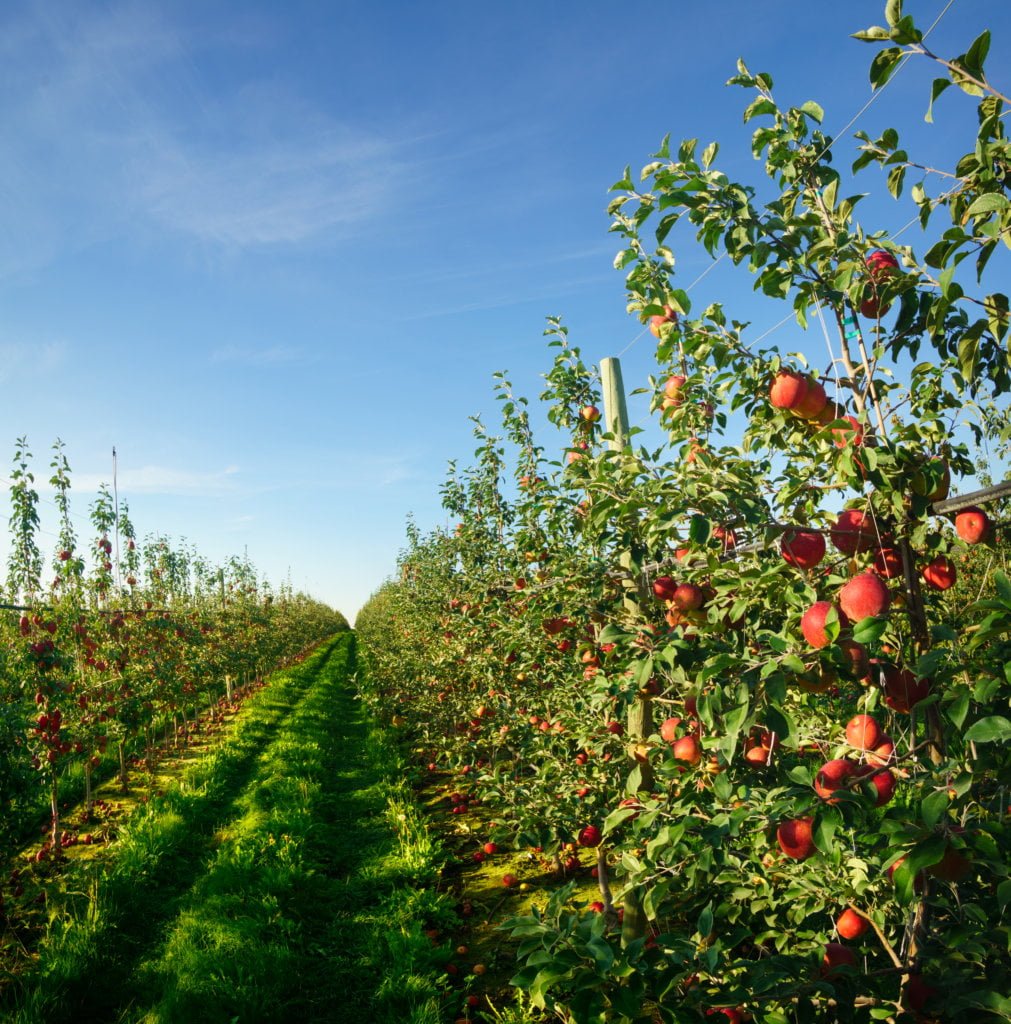
Storage Implications
Post-Harvest Life
Understanding the post-harvest life of Honeycrisp apples is crucial for preserving their quality and extending their shelf life. While the exact duration can vary depending on several factors, including the apples’ initial condition, storage conditions, and cultivar, Honeycrisp apples can typically last for several months when stored properly. Proper handling, temperature control, and post-harvest treatments are essential to maximize their post-harvest life.
Optimal Storage Conditions
To maintain the quality and freshness of harvested Honeycrisp apples, it is essential to store them under specific conditions. The recommended storage temperature ranges between 32 and 40 degrees Fahrenheit (0 and 4 degrees Celsius), with a relative humidity of 90-95%. Storing the apples in a cool and humid environment helps prevent moisture loss and slows down physiological processes, preserving their texture, flavor, and overall quality.
In conclusion, harvesting Honeycrisp apples involves considering various factors, including maturity index, external conditions such as weather and temperature, harvest timing, signs and indicators of readiness, and storage implications. By carefully monitoring these aspects and following recommended practices, you can ensure the successful harvest of Honeycrisp apples that are flavorful, crisp, and suitable for extended storage. Whether you are a commercial grower or an avid orchard enthusiast, understanding the best time to harvest these beloved apples will allow you to fully enjoy their exceptional qualities.
